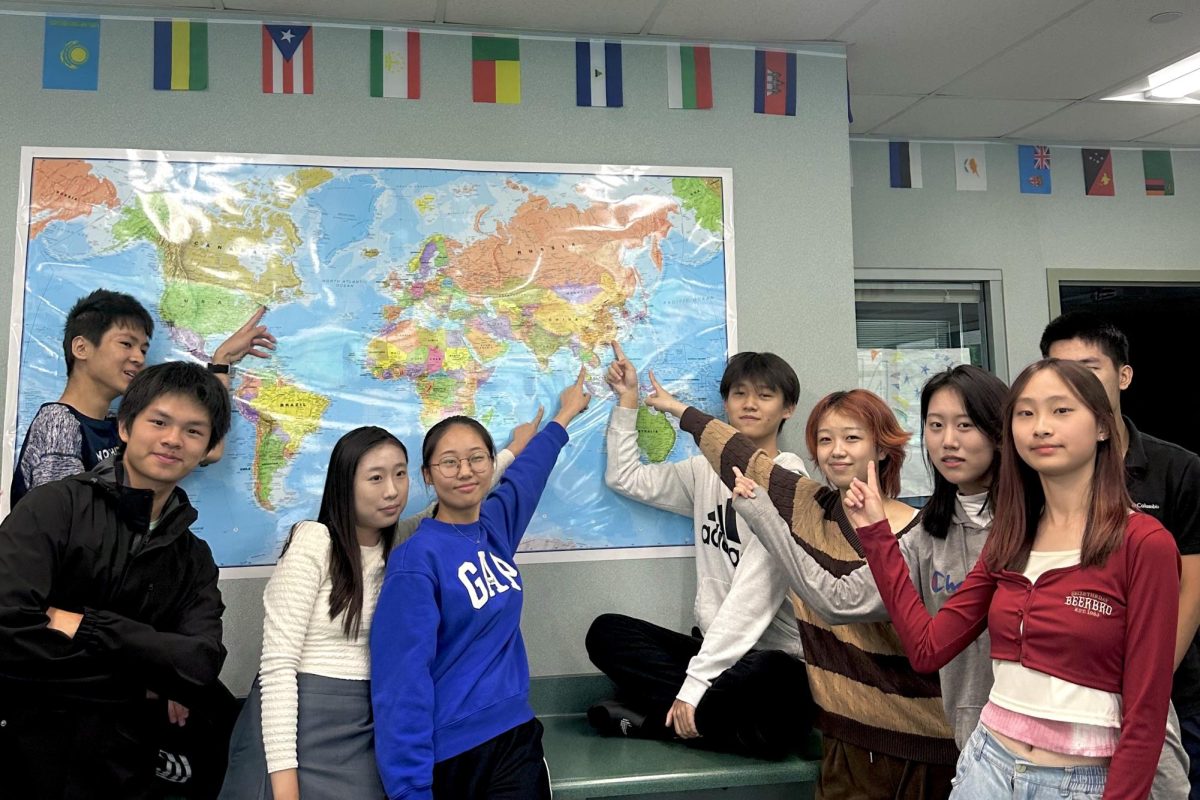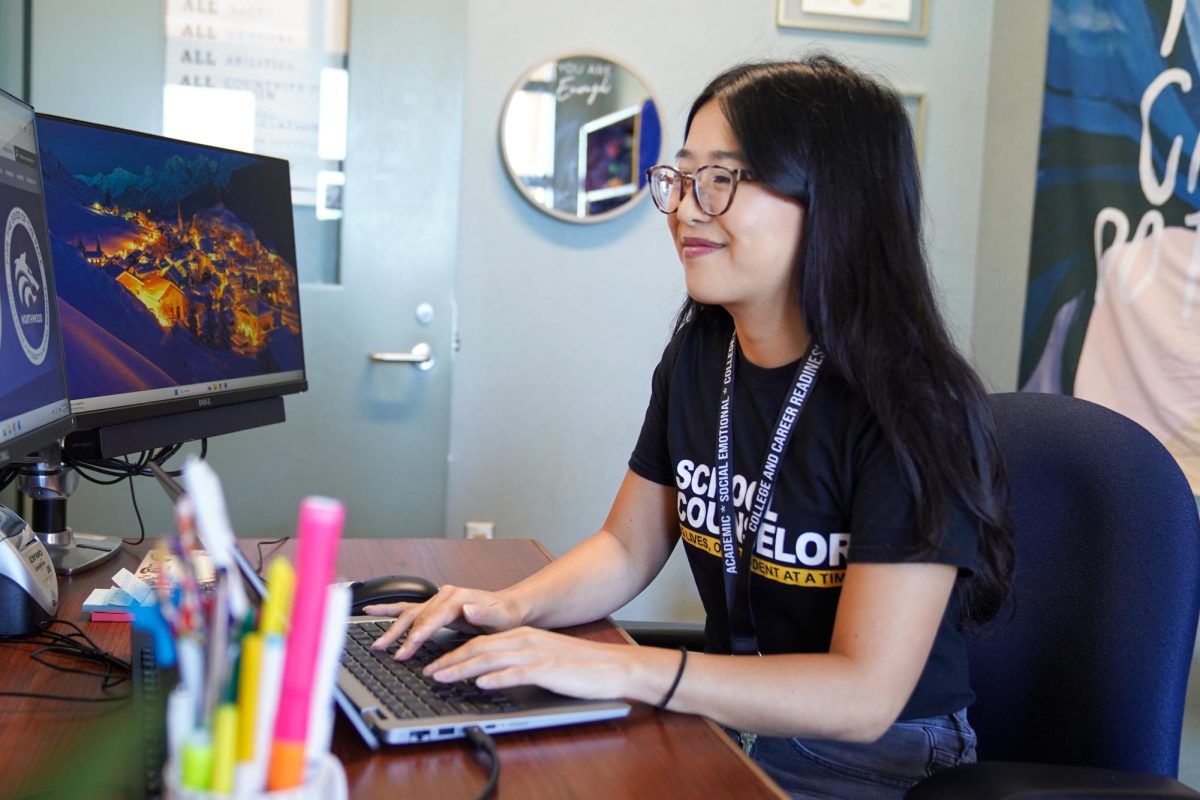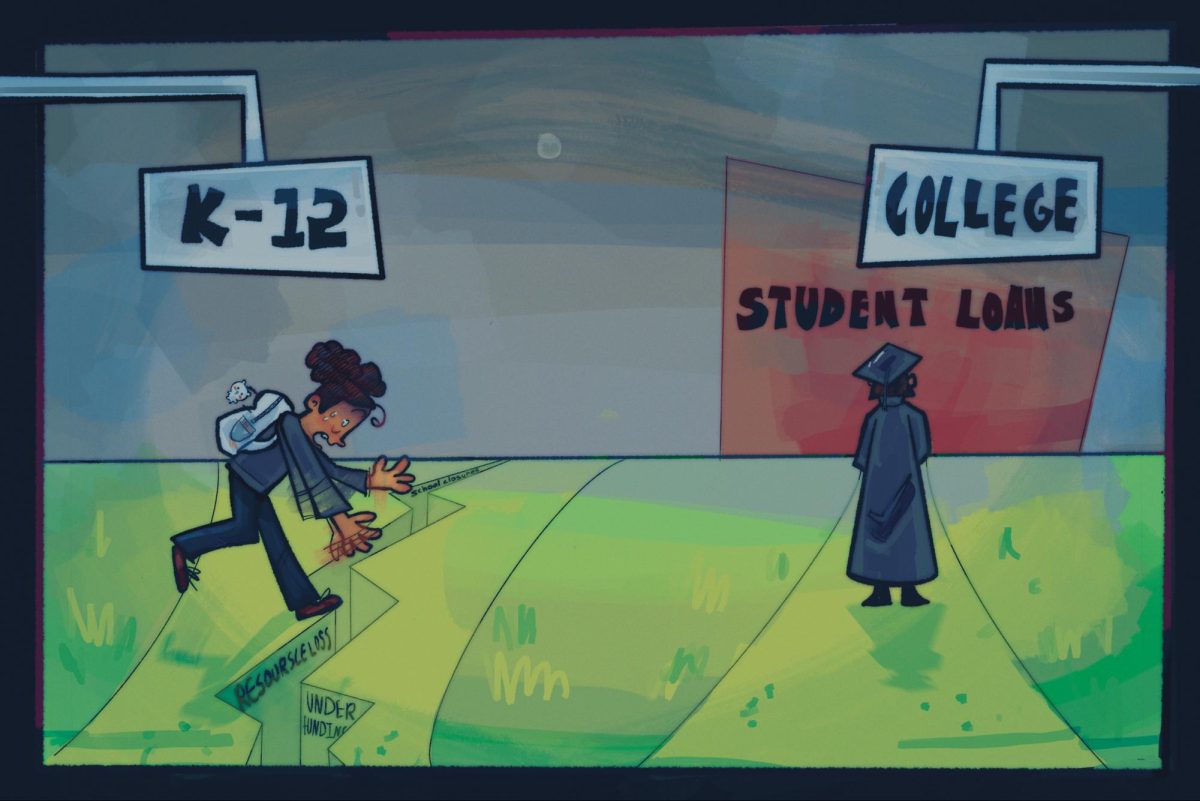Indian Match-breaking
October 8, 2020
The new Netflix show “Indian Matchmaking” has provided a much-needed outlet for South-East Asians to momentarily forget about our problems as we immerse ourselves into the intense (and sometimes cringey) love life of the characters, bet on the outcome of relationships and experience the awkwardness of first dates that we’ve never even been on. The show’s intended purpose is to follow professional matchmaker Sima Taparia’s journey as she guides various modern-day clients through the arranged marriage process, providing an inside look into traditional Indian matchmaking. As promised, it does offer valuable insight into Indian culture, but falls woefully short of providing the open-minded portrayal of modern-day marriage that befits the 21st century.
The first issue is consent. It should go without saying that marriage requires mutual approval. Both parties have an equal right to refuse, and no simply means no (decisions should not be delegitimized). However, that’s not exactly what the show portrays. The perfect example of the characters is the treatment of characters Aparna Shewakramani vs. Pradhyuman Maloo. When Shewakramani is asked about the double standards on the show, she says it’s “very strange and very concerning” that Pradhuman is told “it’s okay that you’ve seen 150 girls; here’s some chocolates” while she is told “you’re negative, you’re stubborn.”
She has a point. In our society, men who say “no” to possible matches are rewarded for their confidence and dignity while women are criticized for negativity and choosiness. The unspoken message is that for women, the ability to choose is a luxury and not a right. Watching a show that constantly reminds teenage girls to lower our standards isn’t eye-opening. Rather, it forces us into blindfolds, concealing the faults of prospective partners and numbing our senses.
Second, there are problems with compromise. The moment Ankita Bansal, the embodiment of the 21st-century feminist, entered the show was like a breath of fresh air. She’s an independent working woman who isn’t scared to stand up for herself, refusing to tip the scale for the sake of marriage. As expected, her views were not embraced. When the matchmaker tells her that she must be ready to leave her business behind and relocate for the sake of her husband’s work (euphemistically referred to as adjustment), Ankita isn’t afraid to point out that they would have a discussion as equals when the time comes. The conversation is cringeworthy, exposing the matchmaker’s statements for what they are: blatant sexism. Be a good girl. Don’t be stubborn and rebellious. Focus on adjusting yourself to fit the needs of the Man. After the conversation, Ankita expressed her obvious discomfort. She might not have pegged the double-standards for what they are, but anyone can see the inequality if they focus on the sexist implications of the matchmakers’ statements instead of her supposed “expertise.”
Third, the perpetuation of a heteronormative narrative, coupled with colorism, is discrimination at it’s worst. South Asian countries are renowned for discrimnation against queer and transgender people. The show did not include one instance of same-sex or transgender matching. The same communities also foster preferences for light skin tones, a relic of past European imperialism , encouraging the use of skin lightening creams and holding public discussions about babys’ skin tones not long after they are born. Instead of crushing this harmful narrative, the show bolsters it through Taparia’s continuous comments on how the ideal girl is “tall, fair and trim.” The message to Indian children who don’t meet these expectations is “you don’t belong,” the implications of which are horrifying.
The next time we sit with our families to watch “Indian Matchmaking,” it’s important to consider what messages it is sending to the young girl who is being exposed to the topic of marriage for the first time, or to the boy who does not yet have a complete understanding of consensual relationships. They are the future we need to preserve, something the show’s creators have largely failed to do. From now on, let’s call it like we see it.
























































